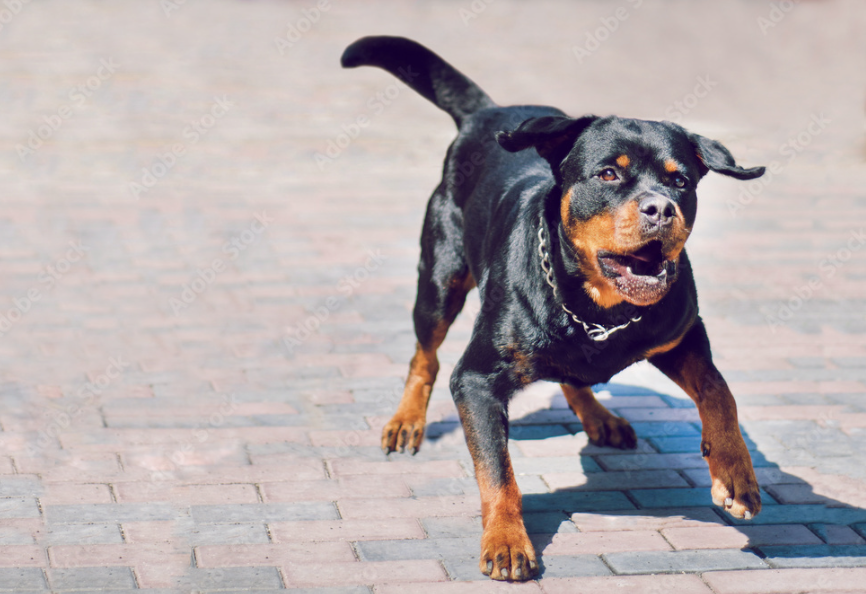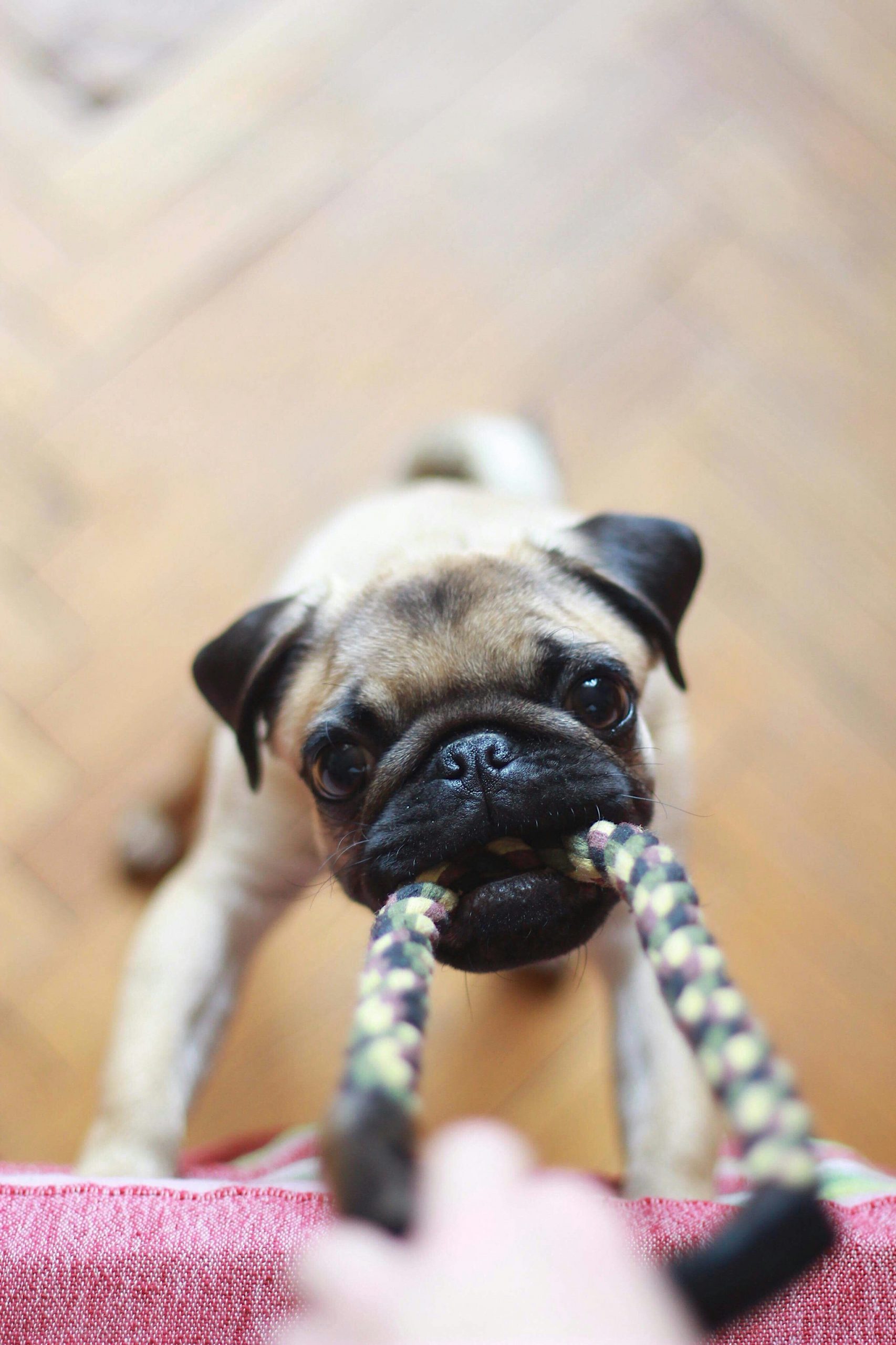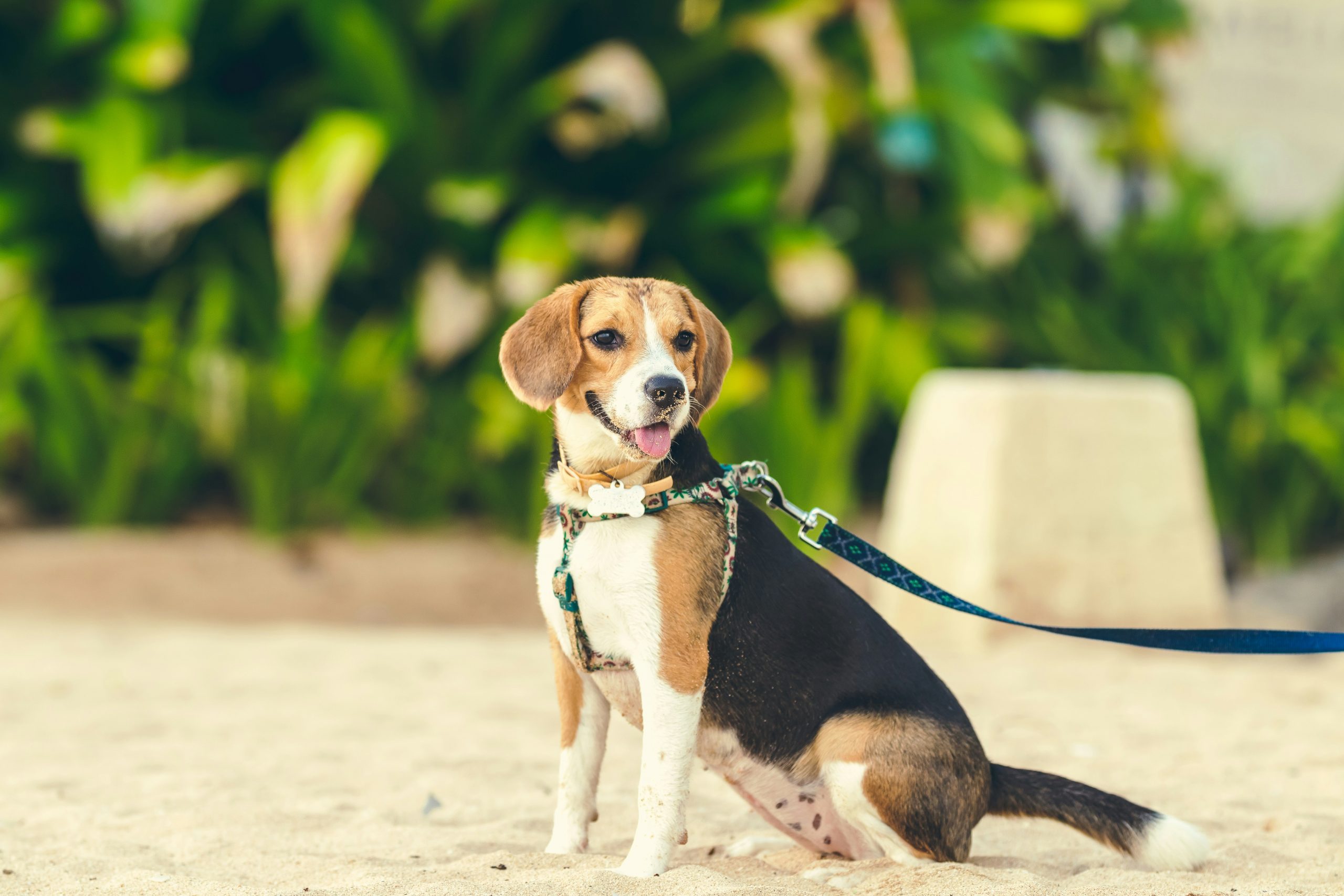Does your dog show aggression when he is on a leash, but not when he is off-leash? Does this aggression occur particularly towards other dogs? And does he only show his aggressive behavior when he is on a leash? In this case, we speak of leash aggression.
When dogs feel stressed, they look for an outlet to vent their pent-up frustration. It is therefore important for you as a dog owner to recognize these signs of stress as early as possible. When a dog is stressed, it will try to react to the stressful situation by trying to escape.
It can also happen that it freezes in fear or suddenly turns its attention to another stimulus (displacement behavior). If these strategies do not work, the dog only has one option to end the situation: it attacks.
Why does my dog show aggressive behavior on the leash?
If a certain behavior is successful for the dog, he will continue to show it in the future, even in similar situations, and the intensity will tend to increase.
If we as owners and bonding partners do not allow our dog to escape the situation or do not offer him another coping strategy, he will eventually use the attack and the associated aggressive behavior as an outlet to protect himself.
As is often the case, there are a number of possible reasons why your dog may have developed leash aggression. It is also not unlikely that a combination of several of the following causes may be responsible for the problem.

Misconnections
In dog training, we make use of conditioning when we link a desired behavior “sit” with a positive reinforcer “treat” and later connect it with a verbal signal “sit”. In training, this is planned and desired. In everyday life, however, classic conditioning can also occur unplanned, namely when we tug our dog on the leash.
If your dog happens to see another dog at the same time, it will associate it with the painful feeling that was triggered by the tug on the leash and other dogs will become the heralds of pain in the future.
Negative experiences
Negative experiences and fear can also trigger leash aggression. Let’s remember the example given above: If your dog experiences a traumatic situation in which he is attacked out of the blue by another dog while he is on a leash and he is unable to escape, nor can other de-escalation measures be successful, he will have no choice but to attack in his hopeless situation, which manifests itself in leash aggression.
Mood transmission
If dog owners have already had negative experiences with aggressive behavior, they tend to find it more difficult to control their own mood and thus act as a safe and confident leader for their own dog. If your dog is already anxious and insecure, reinforce his mood and willingness to take control himself and resolve the situation by rushing out and barking on the leash if you feel the same way yourself.
Instead, walk upright, take several deep breaths before meeting a dog, and refrain from wrapping the leash around your wrist several times out of tension. This is because shortening the leash creates tension and pressure in the dog, and pressure always creates counterpressure, also known as the opposition reflex.
Frustration
If your dog is on a leash, he is restricted in his actions and cannot always move and express himself as he would like. Especially when it comes to interacting with other dogs, it can be difficult for some dogs to control their frustration.
If you do not work sufficiently on these dogs’ frustration tolerance, even watching dogs playing can cause your dog to jump on the leash. Try to incorporate appropriate exercises to increase this tolerance into your everyday life.
Pains
Have you noticed recently that your dog is increasingly trying to keep its distance from other dogs? Dogs that are in pain, old or frail, and cannot defend themselves properly because their bodies are no longer working properly, may keep other dogs at a distance by behaving aggressively.
To avoid an invitation to play, which may be expressed by jumping up and thus may be meant in a friendly way but may cause pain to the other dog, increasing the distance and thus avoiding pain is the better choice. Watch your dog closely and if you suspect pain, please go to your trusted veterinarian.
Lack of structures and rituals
But it can also simply be the case that a dog has never learned how to approach other human-dog teams. Rules or structures and rituals were never established for the walk. If a dog doesn’t know any rules, it will try things out for itself and learn which behavior leads to success for it – but not which behavior we want from it.
Maybe your dog simply enjoys barking at other dogs because the associated testosterone release makes it see itself as superior and it makes it feel good – comparable to a promotion or a pay rise for us humans. Instead, show your dog that there are other ways to give it a sense of success: practice tricks together or hide a dummy on the walk that you both look for.
Also give your dog rules about how it should behave when other dogs approach, thus offering it an alternative behavior. Make your dog responsive early on and lead it past in a controlled manner using a well-established “heel” exercise. This can mean a huge sense of achievement and therefore an incredibly positive feeling for your dog!
Ritualized behavior
If your dog has started to show a behavior in the past that resulted in leash aggression due to his own individual motivation, such as pain, he may continue to show this leash aggression even if he no longer feels any pain. In this case, we speak of ritualized behavior. The situation in which your dog tried to keep other dogs at a distance has been successful so often that at some point it happened completely automatically, without thinking about it – ritualized – and thus became a habit. Even if the symptom (pain) has since been resolved, the behavior can still be shown.
Therefore, it is always advisable to address leash aggression with a good dog behavior consultant or dog behavior therapist with whom you feel comfortable and in good hands. A good measure would always be to eliminate the cause first. However, ritualized behavior, incorrect associations or negative experiences can cause your dog’s undesirable behavior to continue. To do this, a solution should then be developed with the expert, which, in addition to a good training plan, shows you how you should behave in an emergency and prepares you for everyday life, in which training is not always as easy to implement as we imagine in theory. With such a plan, you will be well prepared for training and everyday life!
see more blogs: https://www.oudihardware.com/blog/







